Sand blasting is probably the most commonly used type of blasting, but there are several other ways that abrasive blasting can be done. Some shops offer blasting as a service to industrial customers, while other manufacturers sell blasting equipment directly to companies in restoration or repair industries. Read More…
Our sandblast equipment is designed to handle a wide variety of applications and we use manufacturing methods that guarantee these machines will stand the test of time.
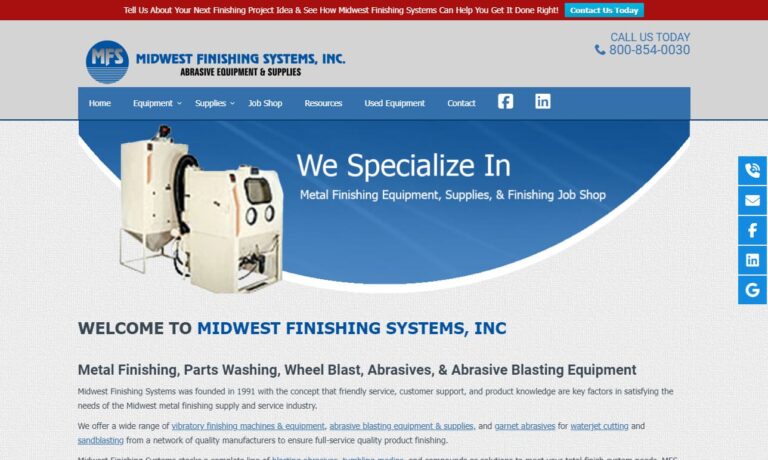
We have decades of experience in the finishing industry and we specialize in aqueous washing, abrasive blasting, vibratory finishing, polishing and buffing.
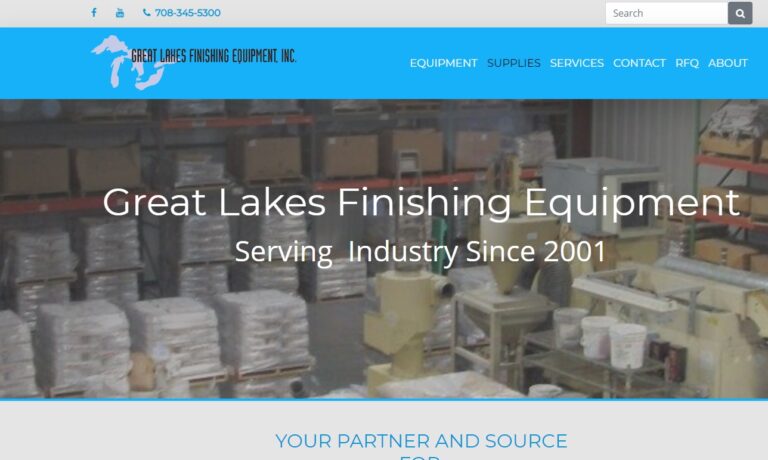
At Media Blast & Abrasives, Inc., we are dedicated to delivering exceptional sand blast equipment designed to meet the diverse needs of various industries. Our expertise centers on creating solutions that enhance efficiency and precision in surface preparation, whether for large-scale industrial applications or specialized, detailed projects.
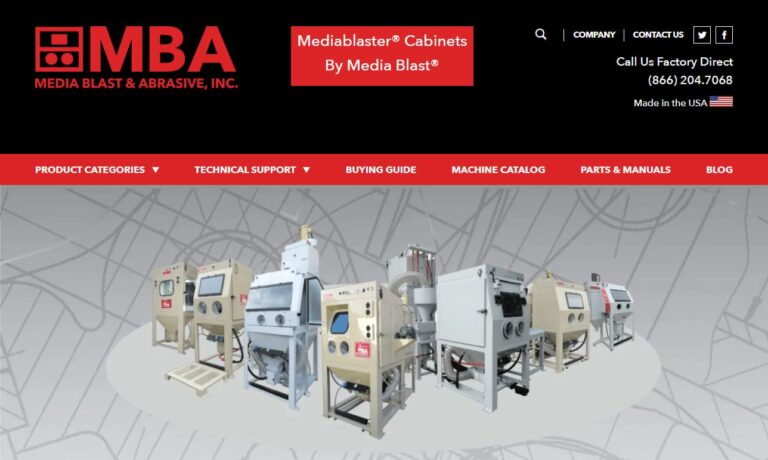
At IDS Blast Finishing, we are dedicated to delivering top-of-the-line sandblast equipment and abrasive solutions designed to meet the diverse needs of our customers. Our expertise in blast finishing enables us to provide robust and reliable solutions that ensure precise surface preparation and finishing for a wide array of industries.
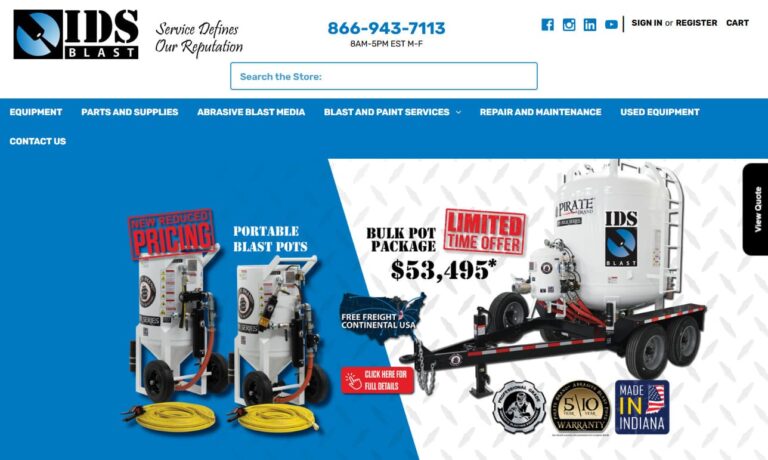
At Blast-It-All, we specialize in designing and manufacturing high-quality sandblasting equipment that meets the rigorous demands of industrial applications. Our commitment to innovation and craftsmanship drives us to engineer solutions that enhance surface preparation efficiency and deliver consistent, high-quality results. We offer an array of sandblasting equipment built to withstand...
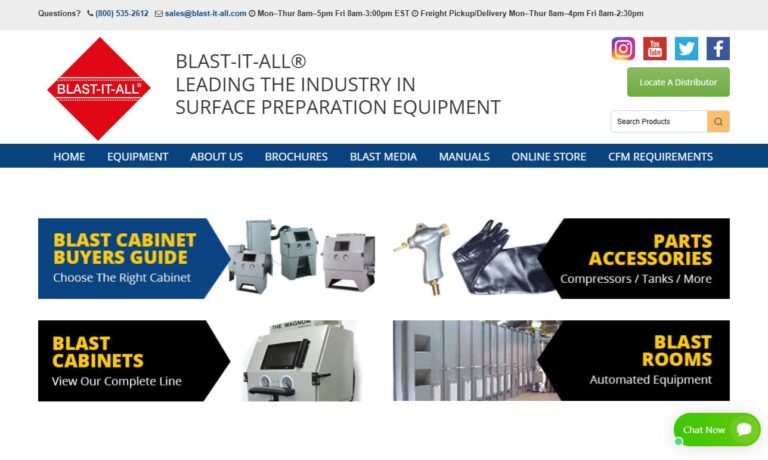
More Blasting Equipment Manufacturers
For sandblasting, a high pressure air blast system shoots sand through a nozzle that is pointed at the part being cleaned. The force of the sand hitting the metal causes abrasion that smoothes the surface out, restoring it to its original quality. Sandblasting is used on vehicle restoration projects to treat car parts that have been taken apart before they are coated with a fresh coat of paint. Sometimes this is the only way to restore the car to its original appearance.
Other types of blasting equipment use hydro-blasting, wheel-blasting, dry-ice blasting and automated blasting. These are all good for abrasion, but some may be optimal for particular applications. Hydro-blasting, for example, uses highly pressurized water to blast surfaces like the exterior walls of buildings. Dry-ice blasting uses air and dry-ice under pressure that are ejected from a nozzle. This effectively removes surface contaminants due to of the force of the carbon dioxide.
Blasting equipment can be manufactured in both portable and stationary sizes. Portable systems are usually powered by a diesel air compressor. The compressor fills a blast pot with pressurized air. This pot is where the air interacts with the abrasive materials and then travels through a hose to the nozzle where it is shot out. A blast cabinet is a stationary blasting unit where parts are placed in a tightly sealed enclosure.
A foot pedal turns the blaster on and off and the operator can see the object through a small window and move it by inserting his or her hands into rubber gloves that are built into the side of the machine. A blast room is like a larger version of a blast cabinet where the operator works inside while wearing heavy protective equipment.

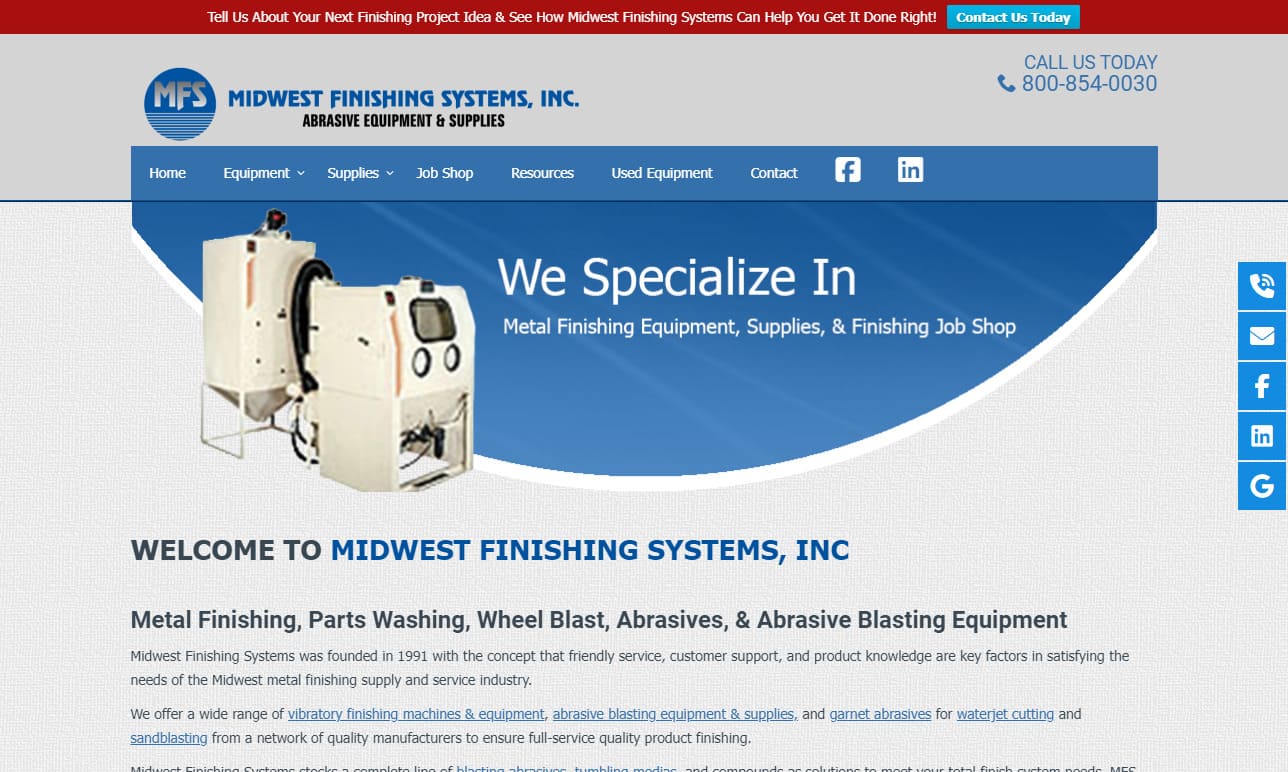

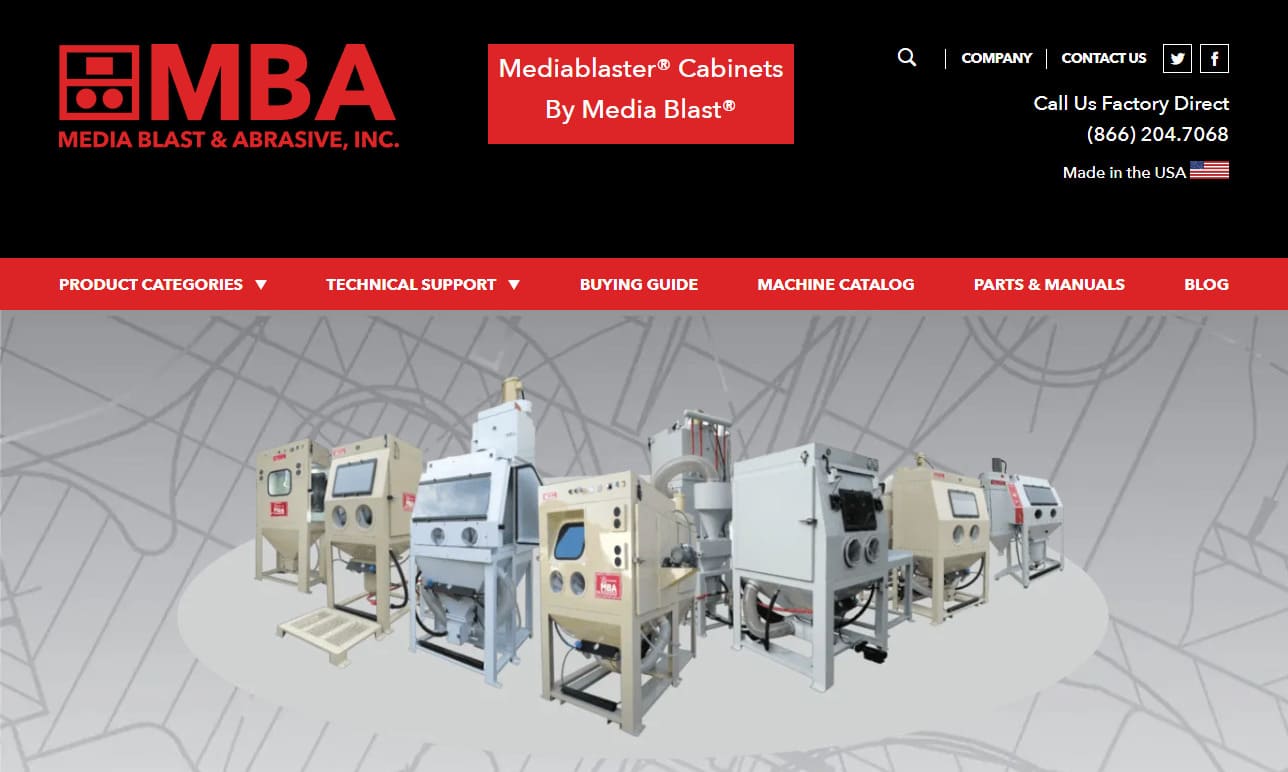
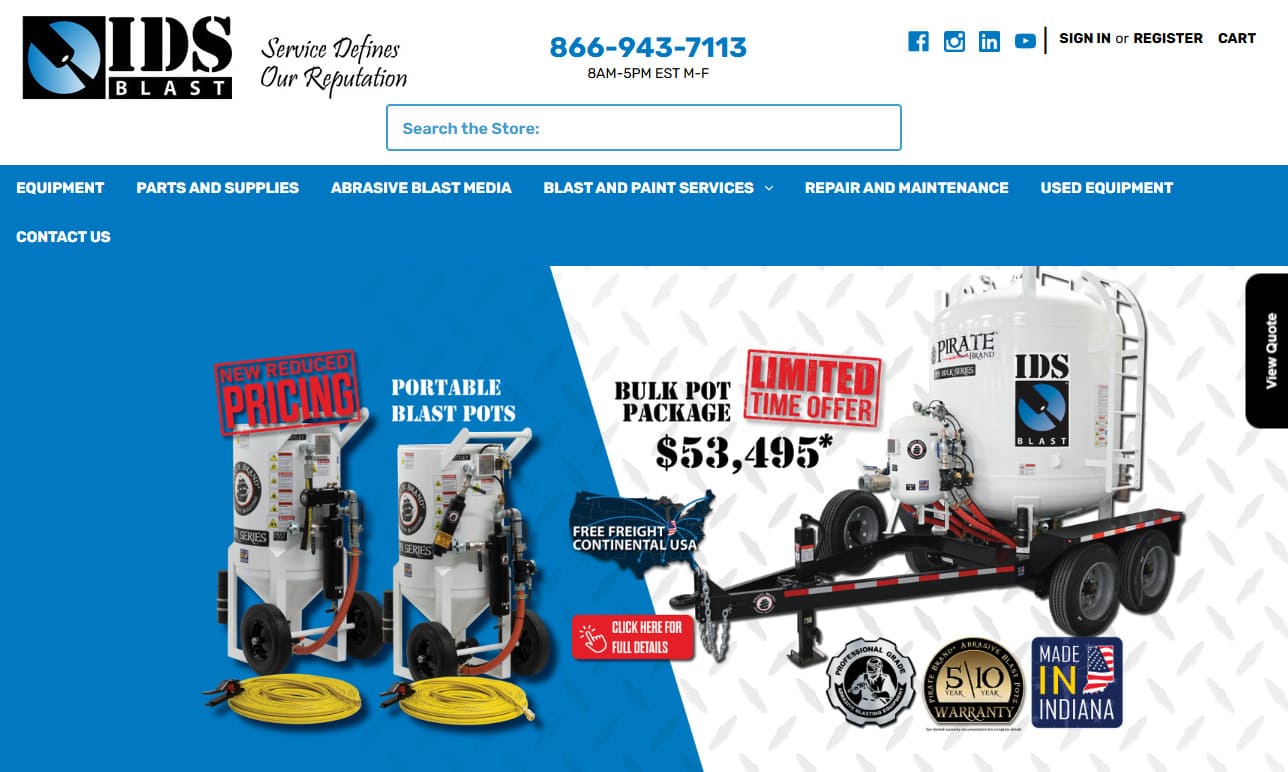

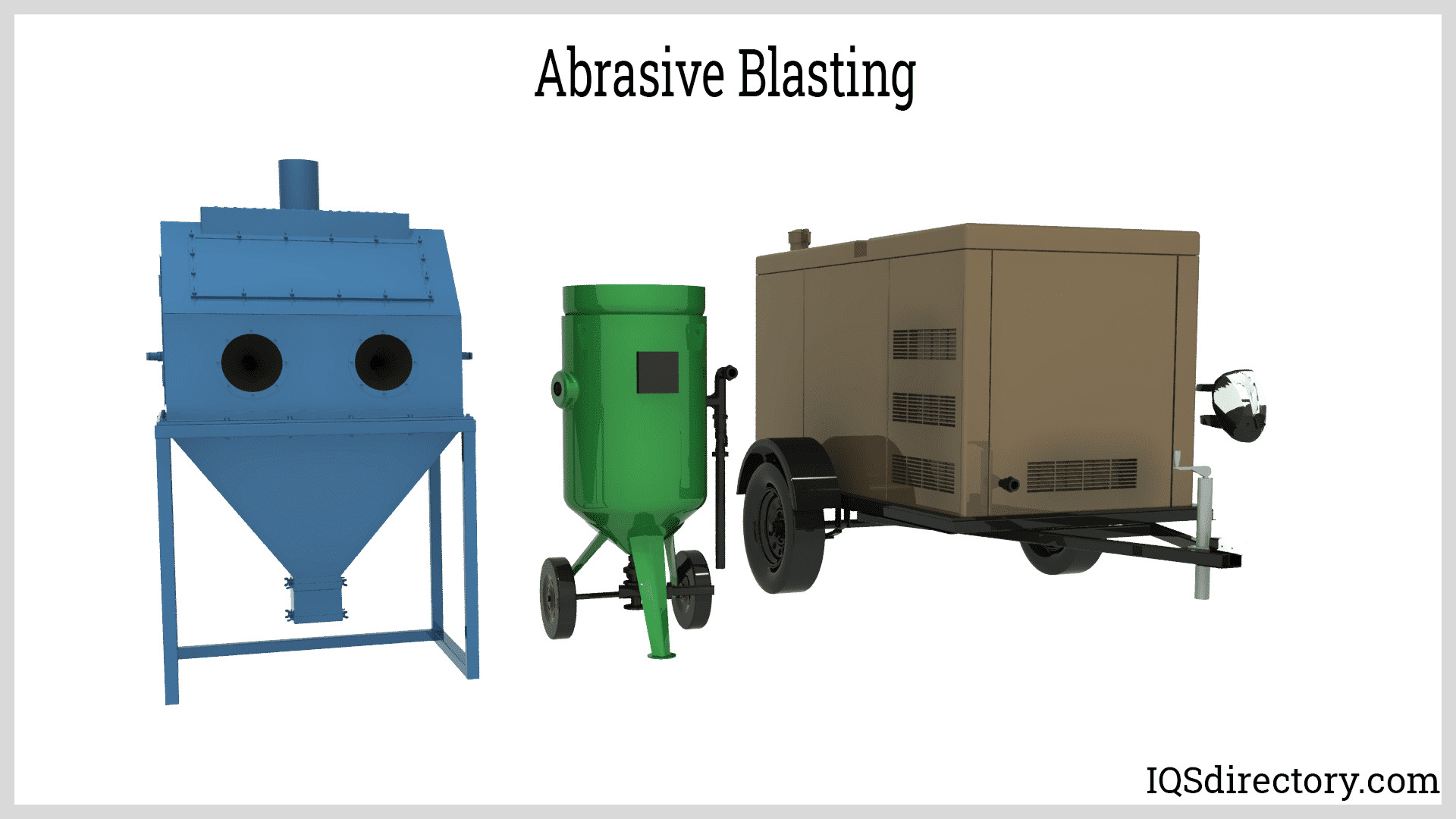
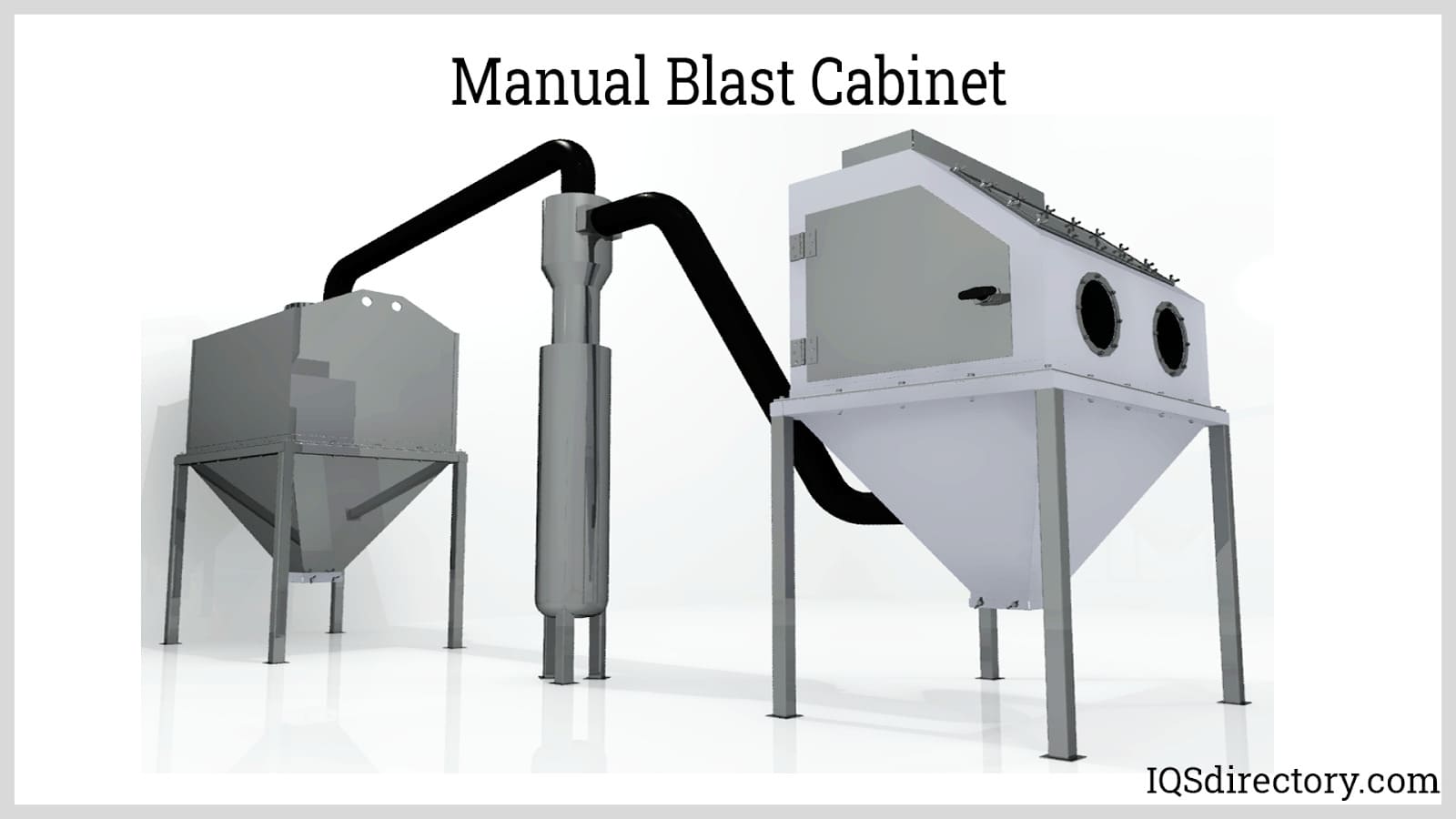
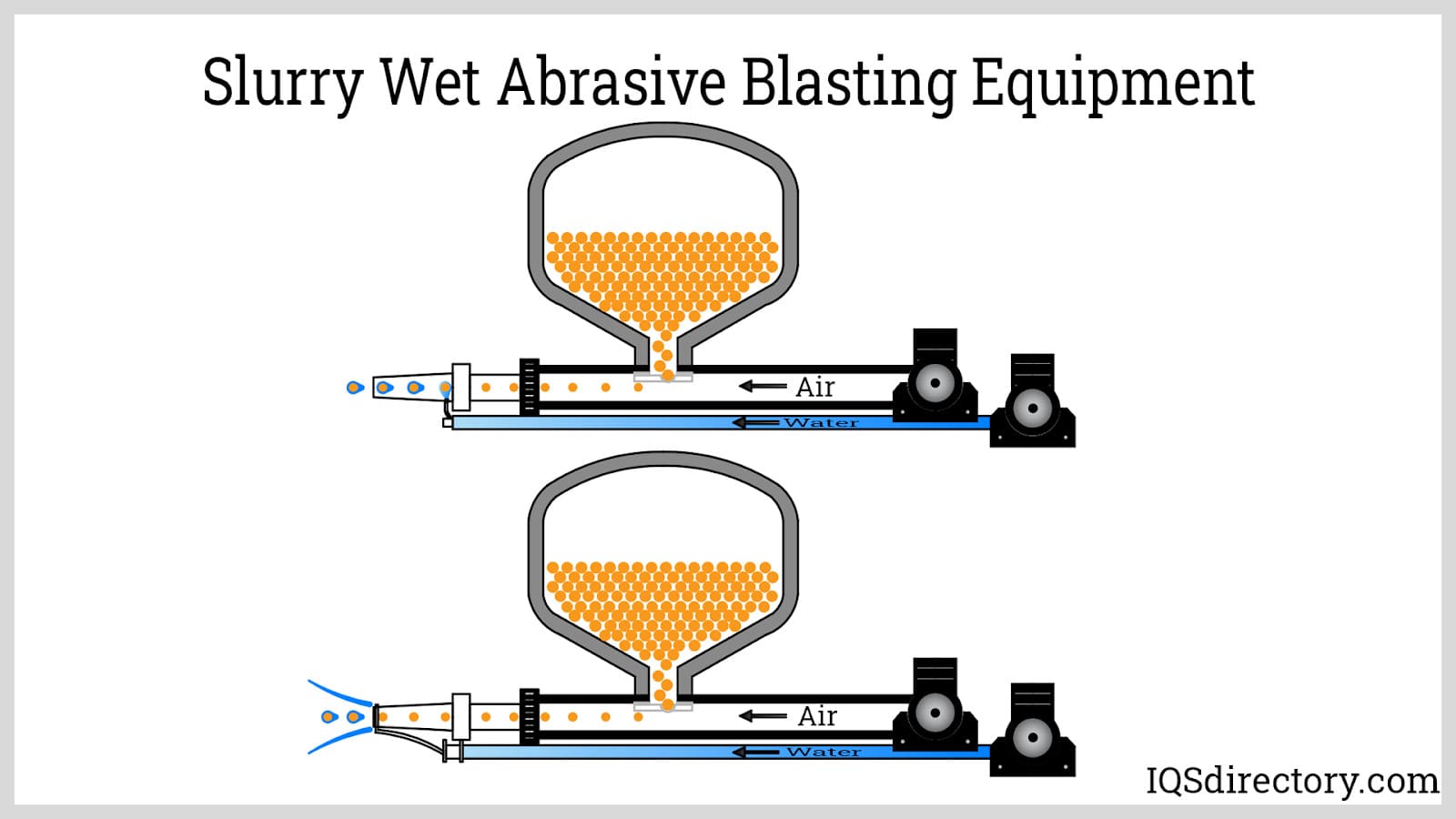
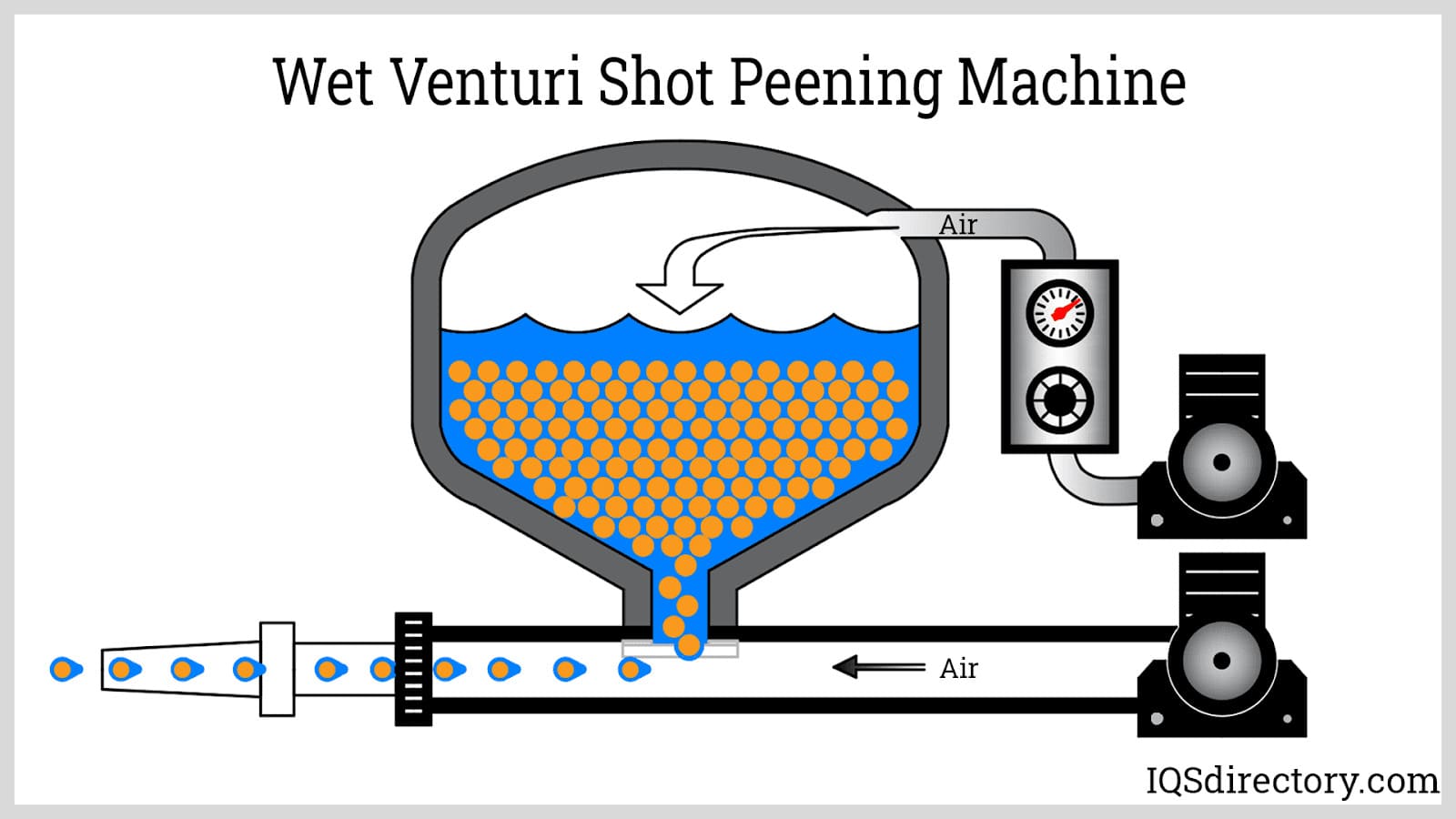
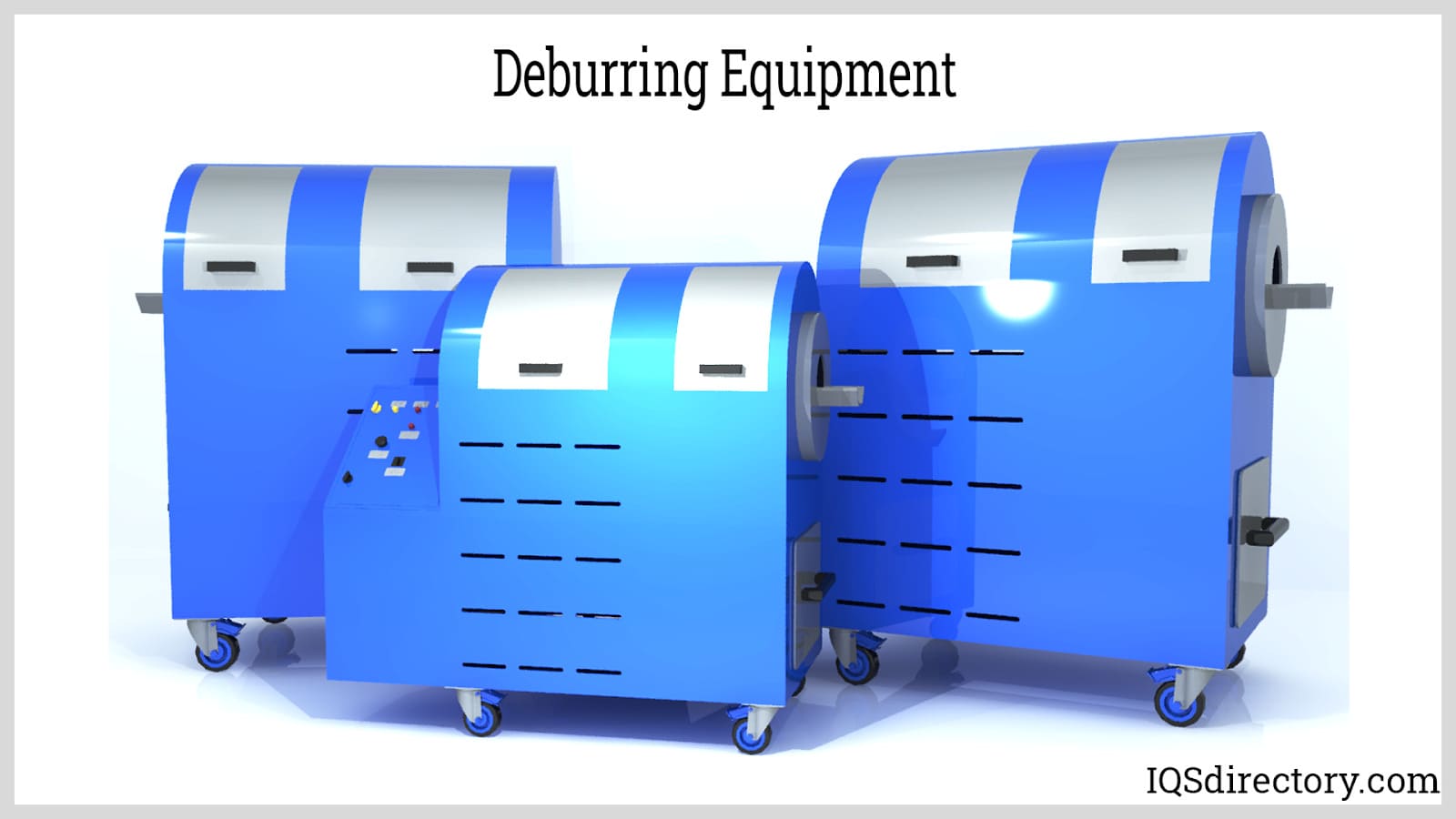
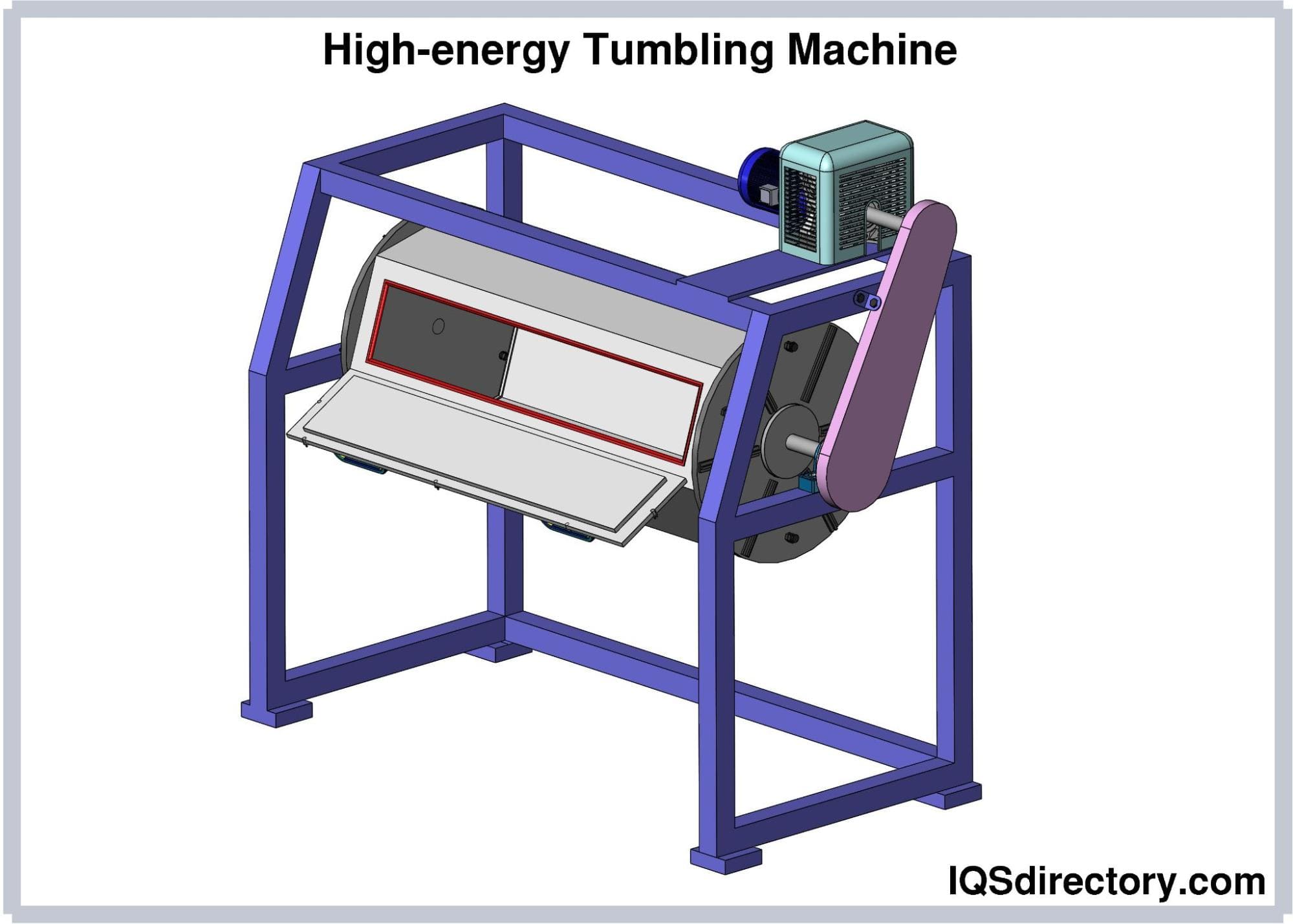
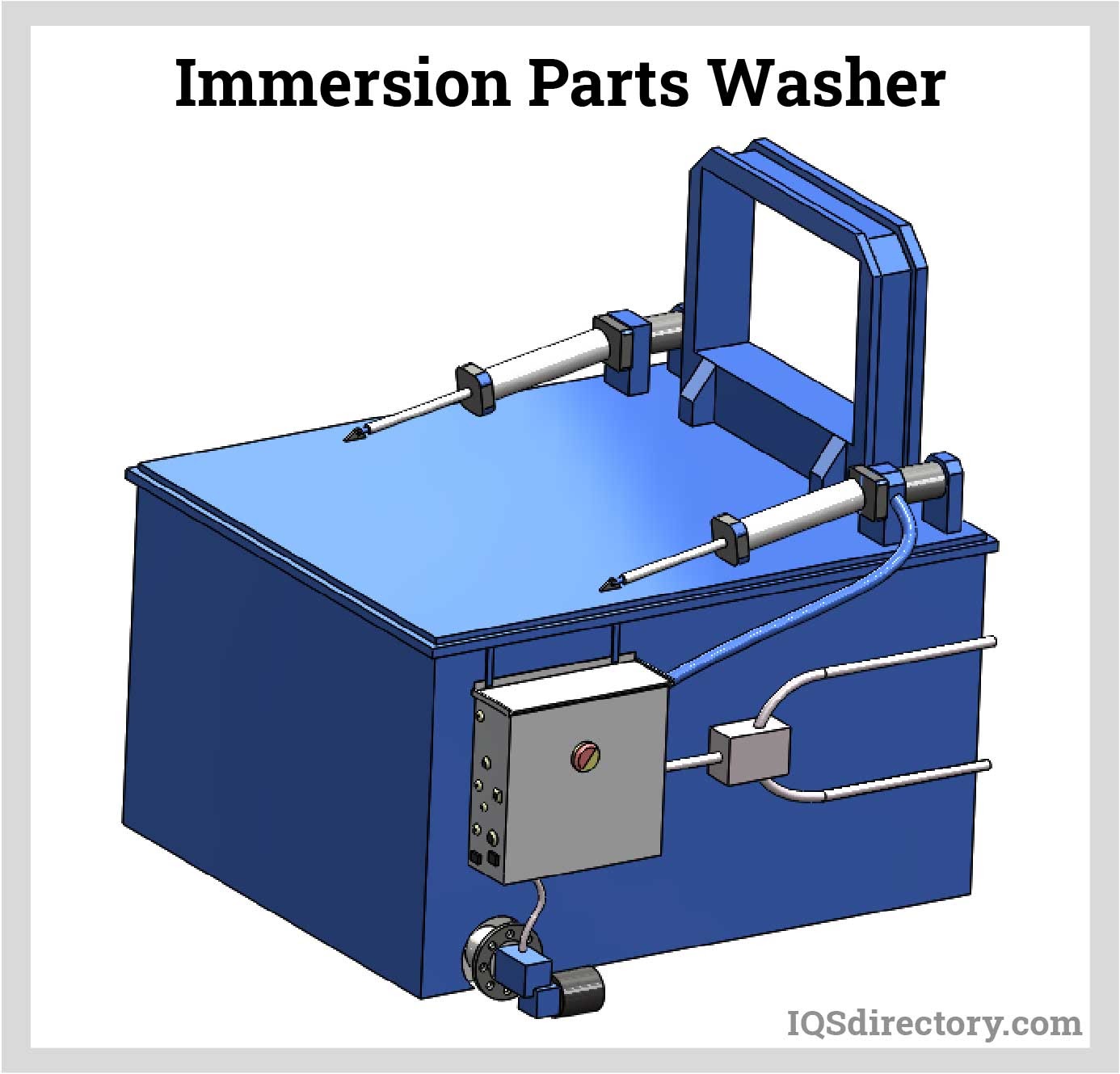
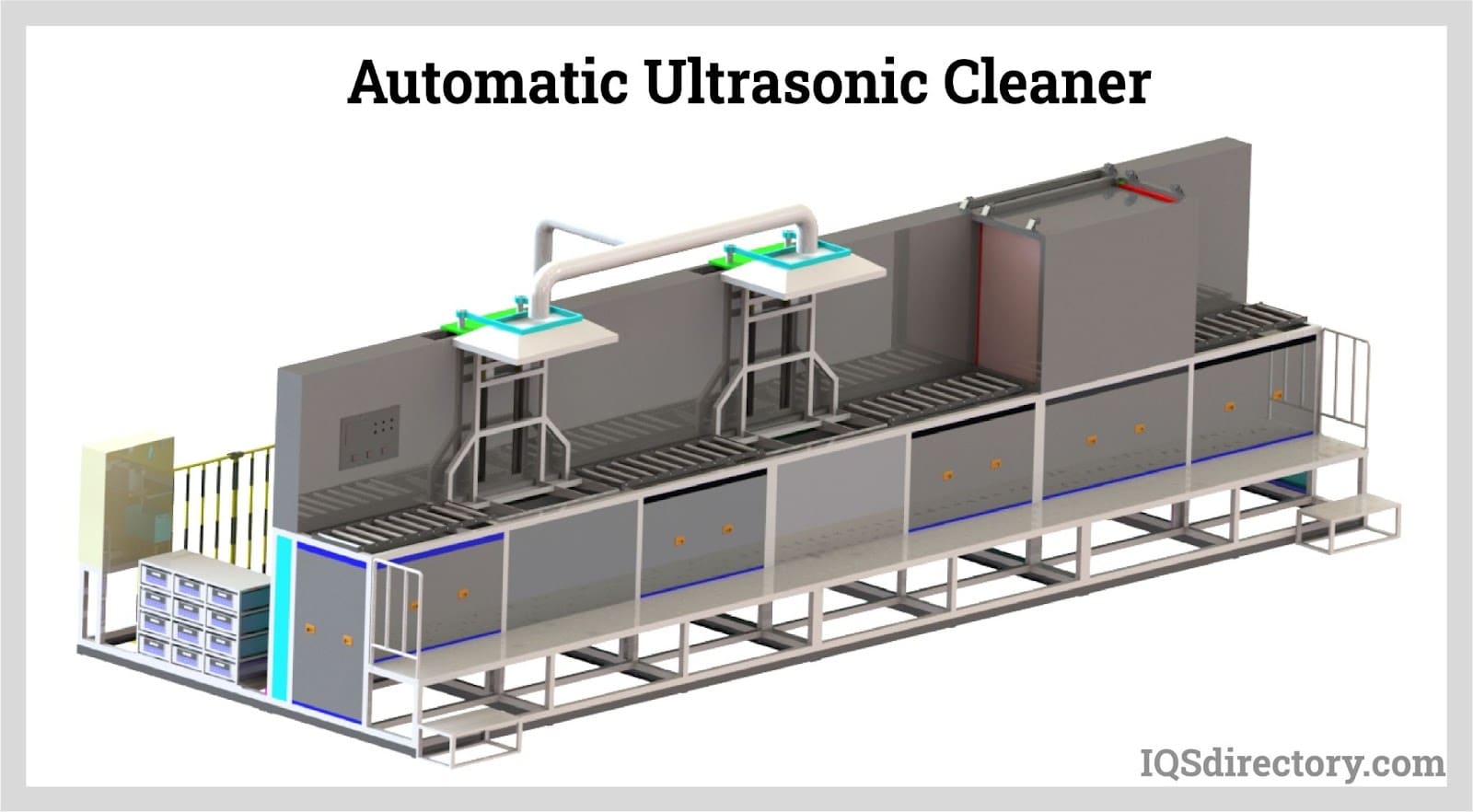
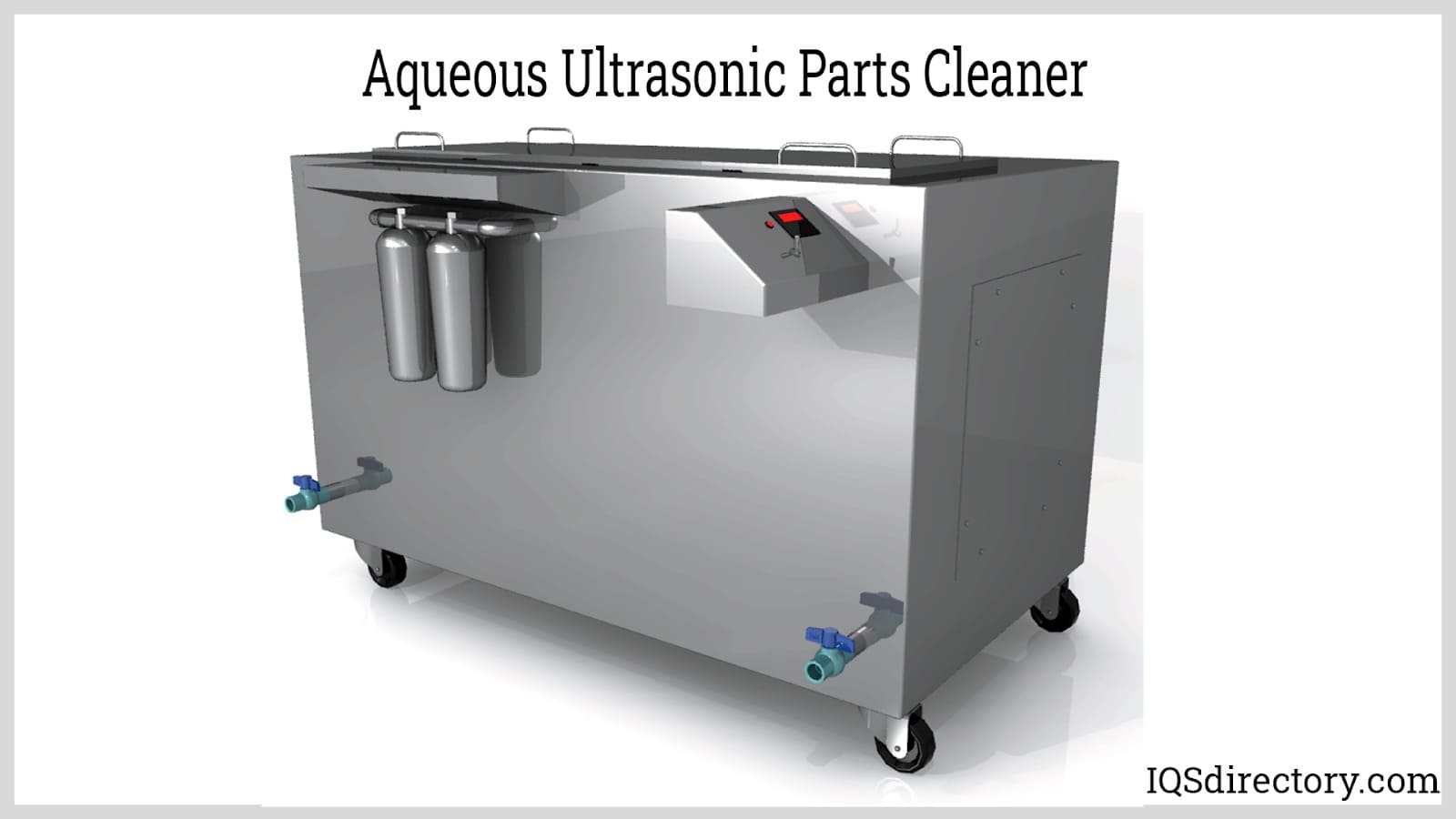
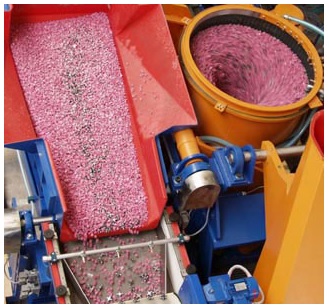 Deburring Machinery
Deburring Machinery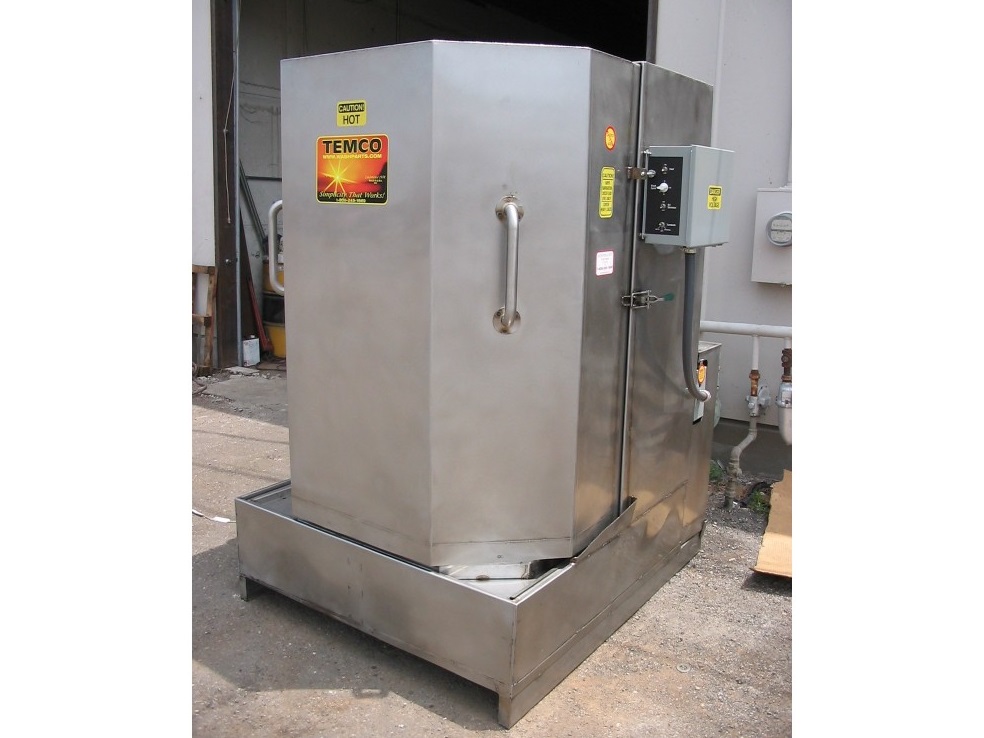 Industrial Parts Washers
Industrial Parts Washers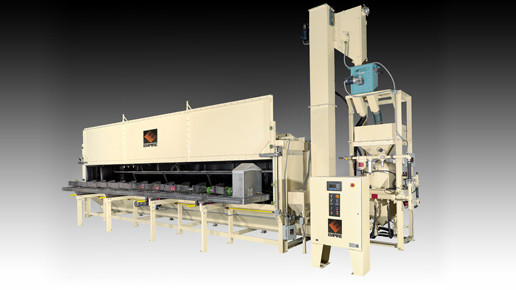 Sandblast Equipment
Sandblast Equipment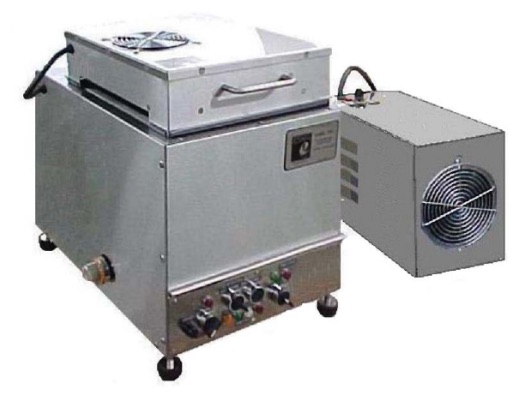 Ultrasonic Cleaners
Ultrasonic Cleaners Castings & Forgings
Castings & Forgings Bulk Material Handling
Bulk Material Handling Electrical & Electronic Components
Electrical & Electronic Components Flow Instrumentation
Flow Instrumentation Hardware
Hardware Material Handling Equipment
Material Handling Equipment Metal Cutting Services
Metal Cutting Services Metal Forming Services
Metal Forming Services Metal Suppliers
Metal Suppliers Motion Control Products
Motion Control Products Plant & Facility Equipment
Plant & Facility Equipment Plant & Facility Supplies
Plant & Facility Supplies Plastic Molding Processes
Plastic Molding Processes Pumps & Valves
Pumps & Valves Recycling Equipment
Recycling Equipment Rubber Products & Services
Rubber Products & Services